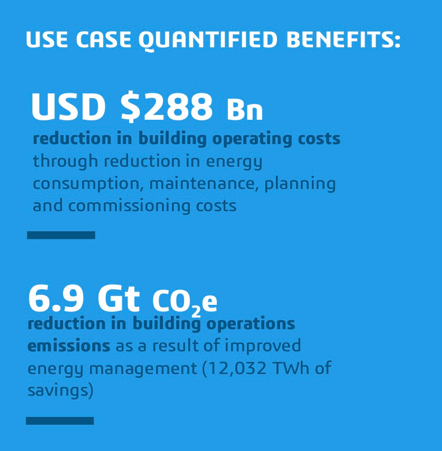Virtual twins represent a real opportunity to drive systemic progress towards a more sustainable and circular economic system. The world’s first solar airplane was made using Dassault Systèmes virtual twin technologies. They are the driver behind the development of 85% of the world’s electric vehicles and more than 75% of global wind power. The time-to-market speed and risk-reduction in complex projects explains why they are being used for breakthrough sustainability pilots, whether a new bio-material, an innovative energy source, a game-changing mode of transport or an energy-efficient building.
In this groundbreaking report by Accenture and Dassault Systèmes, the length and breadth of the potential of virtual twins have been quantified in five use cases: Construction, Cities & Territories, Consumer Packaged Goods & Retail, Transportation and Mobility, Life Sciences and High Tech. Between now and 2030, these five use cases alone have the capacity to unlock combined additional benefits of USD $1.3 trillion of economic value and 7.5 Gt CO2 emissions reductions, a figure that represents the annual global emissions of the transport industry today.
The Critical Role of Data Analytics in Virtual Twin Technology
An incredibly powerful yet under-used lever for disruptive change, virtual twin technologies rely on data to provide real-time virtual representations of products, platforms or ecosystems. This data can be used to predict and provide feedback on properties and performance. NETVIBES Information Intelligence solutions take the data generated, look for patterns and provide continuous feedback loops to improve quality and eliminate downtime. In the Construction, Cities & Territories sector, predictive maintenance is a key driver of optimized operational efficiency.
Use Case I Construction, Cities & Territories – Building Operational Efficiency for Optimization Enabled by Virtual Twin Technology
Commercial and residential buildings account for 40% of the global energy demand, 25% of global water usage and approximately one-third of global greenhouse gas emissions. The Dassault Systèmes/Accenture study shows that virtual twin technologies have the potential to reduce this energy consumption by 30-80%. The virtual twin of a physical building behaves like its real-world twin, connecting buildings with energy and transport systems. Thanks to 3D simulation and modeling software, and real-time data and analytics, a building’s operational performance and sustainability can be optimized throughout its lifecycle. Thanks to NETVIBES solutions, virtual twins act as a data resource and can improve the design of new assets, specify as-is asset condition and run “what-if” scenarios. Advanced twins also use two-way digital-physical interactions, allowing for remote and even autonomous asset control.
Aden, a leading integrated facility management service provider expanded from traditional facility management services to asset management and energy services thanks to virtual twins and analytics. The group created a virtual twin for one of its commercial centers in Chengdu, China. The virtual twin monitors, aggregates and understands data to plan and execute inspection, maintenance and repair activities. Expected benefits from this project include a 20% reduction in annual energy consumption, lower water usage and waste generated and improved health and safety performance.
While virtual twins can be created for existing and future buildings, this use case models the potential of implementing virtual twins in new constructions globally between 2020 – 2030. By harnessing virtual twins, the operational efficiency of buildings can be optimized to save 6.9 Gt CO2e emissions and reduce operational costs by USD $288 billion.
Find out more about managing buildings through data here.
Learn more about the critical role of virtual twins to accelerate sustainability here.
Join our User Communities to stay on top of the latest industry news, ask questions and collaborate with peers:



